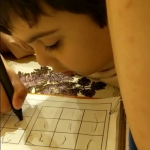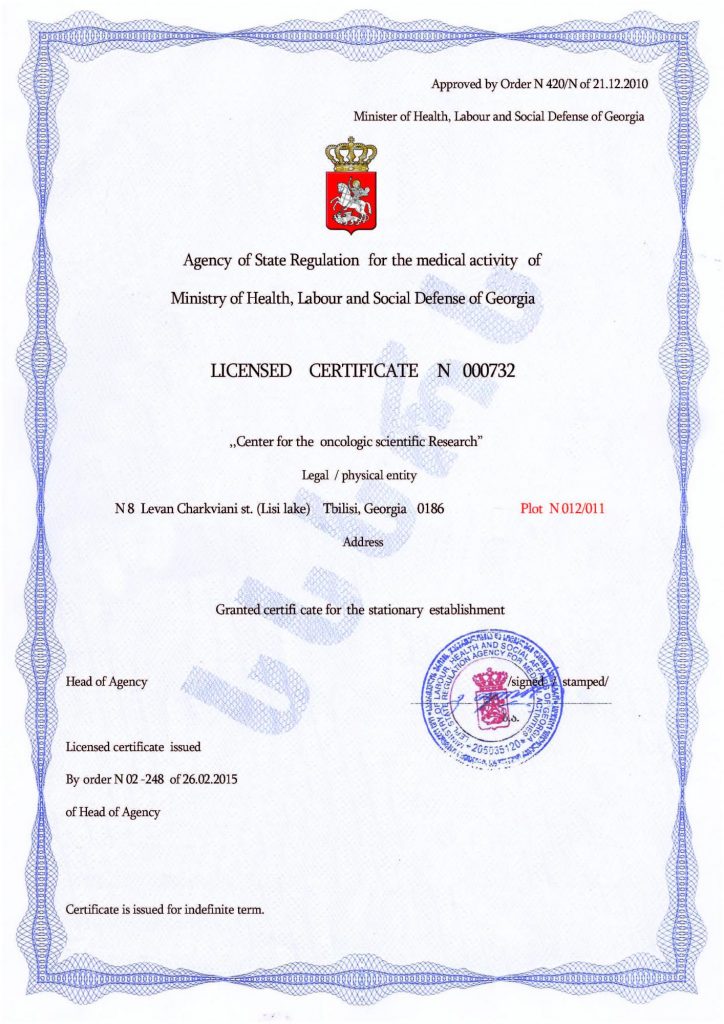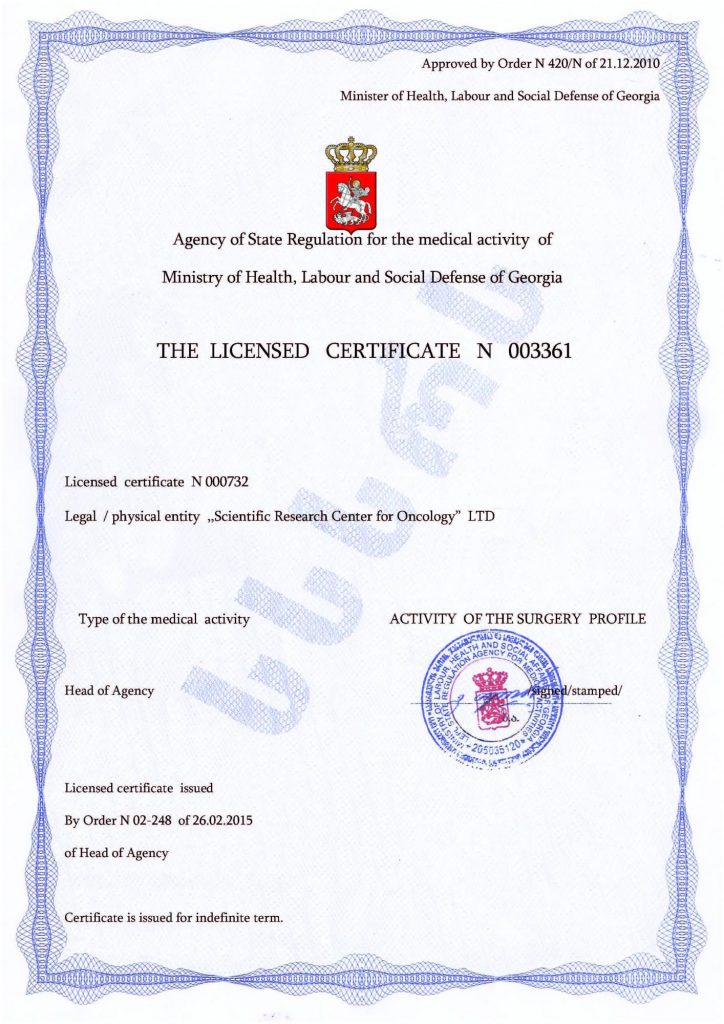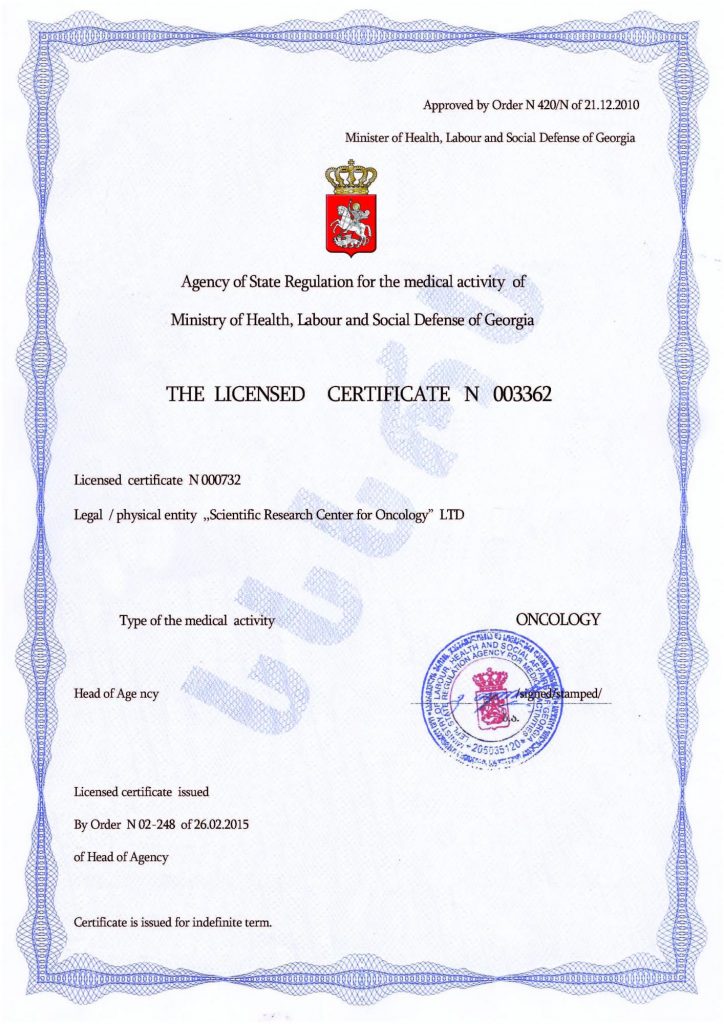Correction of Behavioral Tendencies in Autism
Disruptions in brain function in autistic individuals are most evident in underdeveloped communication skills and social behavior. To improve a patient’s condition, therapists must create a personalized approach for each individual.
Applied Behavior Analysis (ABA) is commonly used, but it’s not the only method. Other approaches can also achieve significant results when a well-structured intervention plan is tailored to the patient’s specific needs.
Behavioral therapy can include one or more of the following approaches:
- Applied Behavior Analysis (ABA Therapy)
ABA is one of the most widely used and preferred methods for correcting behavior in autistic children. It begins with observation and the creation of an action plan that focuses on specific areas for improvement.
A core principle of ABA is positive reinforcement: the child receives a reward (like a favorite toy or a treat) for successfully completing tasks, while unsuccessful attempts are simply ignored. Parents can also practice ABA techniques at home in everyday situations.
- Relationship Development Intervention (RDI)
This method is designed to help children develop social behavior skills. Therapists first assess the child’s abilities and then set individualized goals.
Parents play a key role in this approach. They may attend seminars, watch video lectures, or share videos of interactions with their child to receive expert feedback. In RDI, parents are often more involved in the therapeutic process than the professionals themselves.
- Sensory Integration Therapy
Unlike ABA, sensory integration therapy aims to improve behavior by helping children become more comfortable with sensory input. It works on reducing hypersensitivity to stimuli like loud noises, bright lights, and touch.
This is done by gradually exposing the child to such stimuli and teaching them to manage their reactions, often by redirecting attention to something enjoyable. The therapy may include participation in theater, music, or other creative activities, which can quickly lead to noticeable improvements.
- Communication Interventions
Children with limited communication skills may exhibit challenging behavior due to fear of interacting with others. These interventions focus on teaching them to express thoughts and emotions in appropriate ways.
Techniques vary, but the goal is to increase the use of gestures, images, or verbal communication to express needs. As children begin to understand words, follow instructions, and use simple expressions, their social and communication skills improve. Positive reinforcement helps accelerate this progress.
Flexibility of Psychological Interventions
One of the biggest strengths of these therapeutic methods is their adaptability. They can be customized based on a child’s unique personality, needs, and developmental level. However, they often require many sessions and consistent reinforcement to maintain progress.
Cell Therapy: A Breakthrough Approach
Unlike psychological therapies, cell therapy offers a more universal solution. It can be used for almost all patients, regardless of age, and comes with very few contraindications.
This method involves introducing stem cells, which have the ability to transform into other types of cells. Once administered, they replace damaged brain and nerve cells, leading to improved brain function, more stable behavior, and a reduction in autism symptoms.
The results are long-lasting—often permanent—and can enhance the effects of traditional therapies.
Scientists and doctors are increasingly recognizing the potential of cell therapy as a core treatment for autism. It is already being practiced in leading clinics around the world, including the Mardaleishvili Medical Center, which has extensive experience and success in stem cell transplantation.
Highly trained specialists use advanced medical equipment to ensure the best outcomes. Patients also receive full support with travel, accommodation, and other logistics.
Cell therapy may be a real chance to improve quality of life.
Autism Treatment Center Videos
Autism treatment with own stem cells
Cord blood association congress
International Quality Crown
Autism Treatment Reviews
Autism treatment with own stem cells
The story of Alessandro (6 years old)
Autism Patient Testimonial - Stem Cell Treatment
Clients Testimonials

Feedback from Yulia, mother of Emily (7 years old) Read More

Feedback by Everita, Katrina’s mother (5 years old) Read More

Feedback from Igor, David’s father (12 years old) Read More
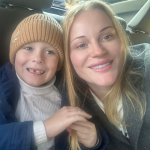
Feedback from Olga, Fedya’s mother Read More
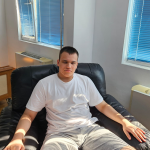
Feedback from Natalia, Radomir’s mother (15 years old) Read More
